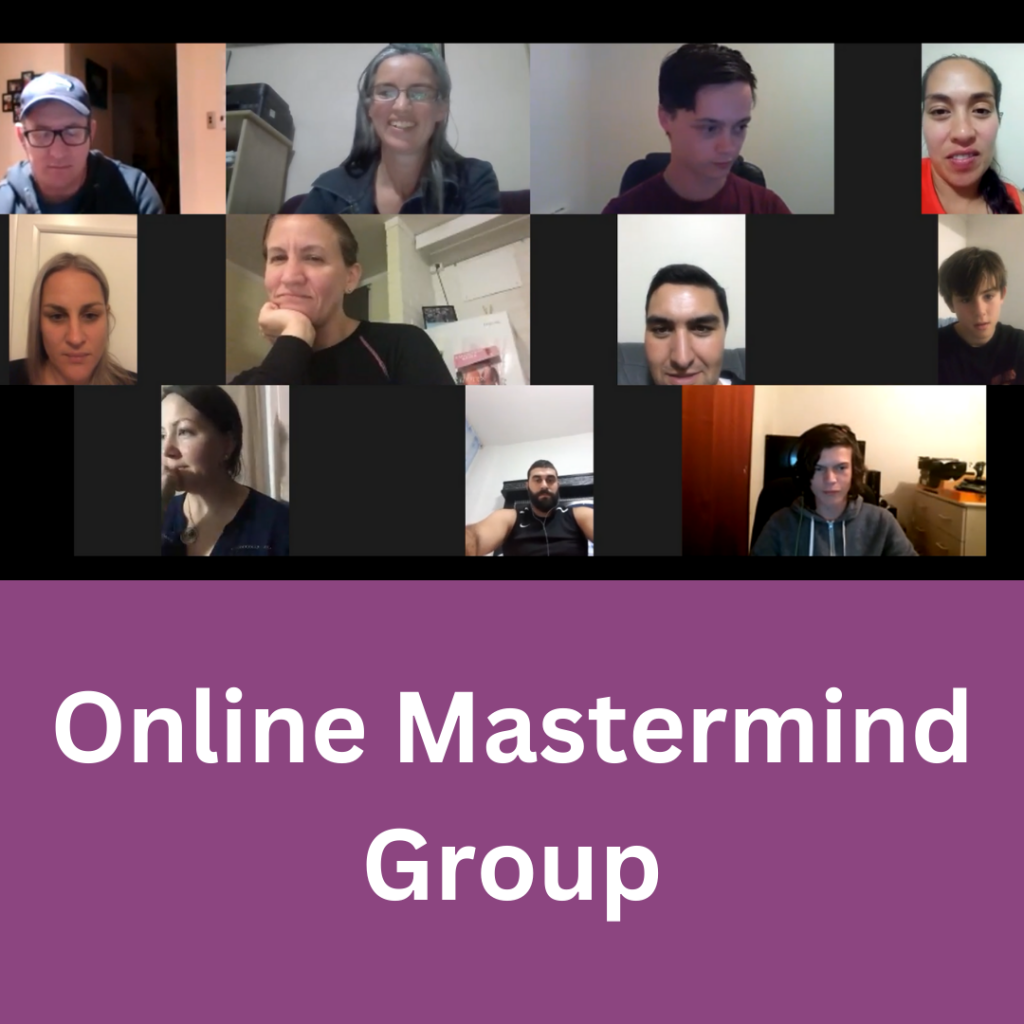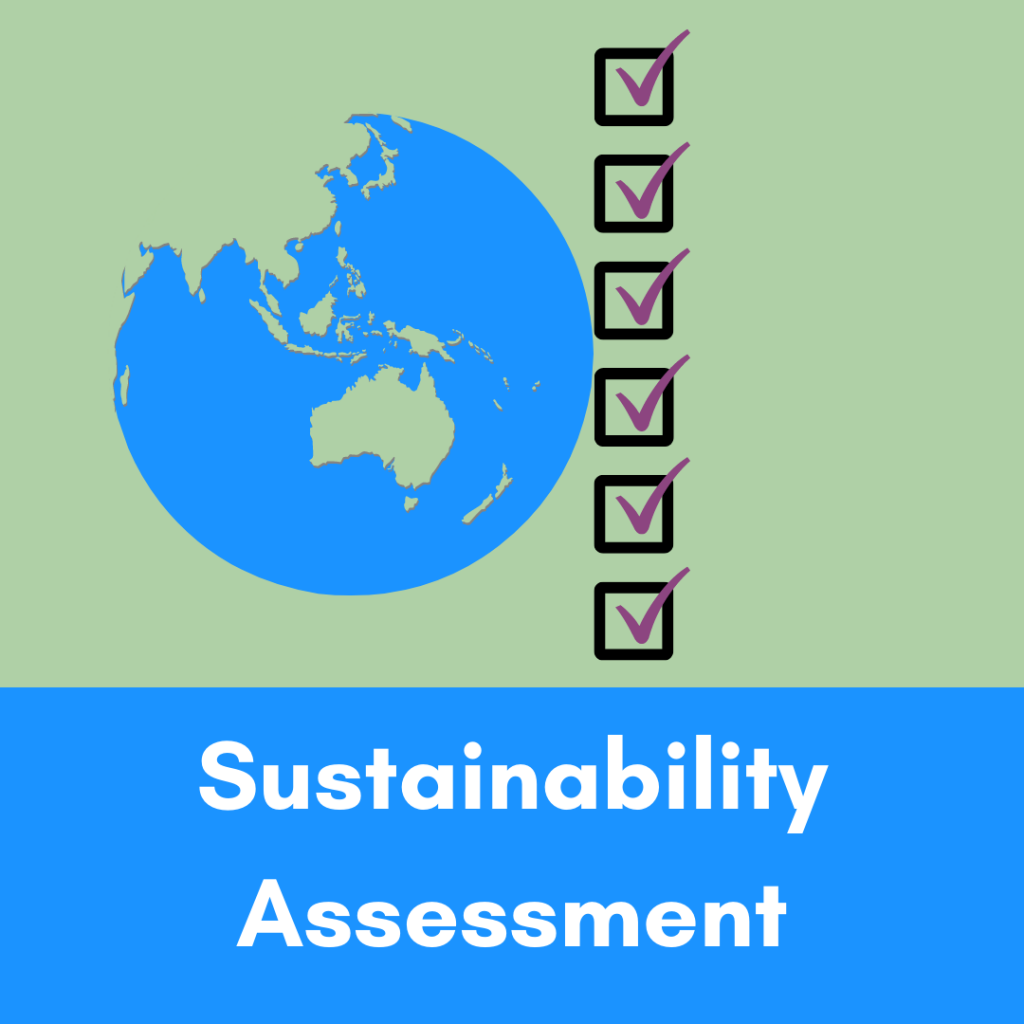Cashflow is the pulse of every small business as it rises and falls from day to day, week to week and month to month. It is a critically vital life-blood that keeps the doors open and allows for the ongoing development of the business, for growth and stability.
The permaculture principle “Use edges and value the marginal” has always been one of my favourite principles, because it highlights the magic that happens when 2 zones interact, or where there is “interface”, a transition or exchange from one element to another.
To explain this principle, the analogy I usually default to is that of a forest and a lake. Where these two zones meet, you find that the forest animals come to drink, the fish come to lay eggs, and there are additional species of insects and plants that live within that edge that wouldn’t do so well in the middle of either zone.
In a small business, there are many examples of the edge and the marginal. Like where the management interacts with the staff, or where the marketing department interacts with the finance department. Perhaps where the customers interact with the sales staff, or the sales staff interact with the orders and despatch staff. Lots of interactions, interface, exchanges and zones that have this magic that occurs when two zones meet and mingle.
But what does cashflow have to do with permaculture principles? The result is actually really beautiful. Keep reading to find out how it works.
Cashflow is Your Life-Blood
It’s really easy to understand how and why the cashflow of a small business gets so much attention. The bills need to be paid, and if you’re running a business that relies on walk-in traffic, or orders coming in each day, that uncertainty can have you constantly feeling anxious about whether or not you have the month’s bills covered.
You realise that one bad day can set you back a week in your financial goals. It inspires you and motivates you to be diligent in your marketing, in making sure your customer service is impeccable and that each of those satisfied customers leaves a positive review on your Google page. It matters, it all matters, because without cash coming in, you’re out of business.
What if those loyal customers don’t walk through the door? What if something new happens to the algorithm, or suddenly you’re in Facebook prison? How long could you survive if the cash stopped coming in right now? The thought alone – even without being backed up with any evidence that it’s about to happen – is enough to keep any business owner awake all night worrying.
You have worked so hard to build your business up. But sometimes, even though you have good patterns and trends and a reliability that has proven itself time and time again, you still worry, knowing that it could all disappear in a moment.
Applying the Permaculture Principle to Cashflow
So we still have this question of “how could small business cashflow and the ‘use edges and value the marginal’ principle possibly be connected?” Permaculture is great for providing inspired philosophies to improve our relationship with earth and each other. What kind of impact could it possibly have on the financial activity of a business entity? The answer is in the owner of that entity. At the core of every business is a person who matters. A person who thinks and feels and has relationships and responsibilities and dreams.
This person is the one who is watching the bank balance rise and fall, and when we’re talking about edges and margins, the edge here in this situation is that thing called “$0.00” When the money runs out, and the closing bank balance reaches the line when no more bills can be paid, and until something comes in to drive that bank balance up the scale again, there is nothing you can do.
In this scenario we’re not talking about overdraft facilities or access to credit, that’s a whole other topic. We are talking about the daily access to funds to pay overheads, materials and supplies, and wages.
Picture this situation, where the money coming in is not keeping up with the money going out, and if this keeps up, we’ll run out of money by next week. Imagine the stress, the tension, the worry, the fear. Depending on your default state of mind, you could be experiencing a lot of negativity, being pessimistic about the likelihood of things turning around. Or perhaps you’re more optimistic, and you could hold on to hope, believing that things will work out, having faith in the process and all the hard work you’ve done to get it this far. The application of this principle works for people who are optimistic as much as the pessimists.
Picture how you would feel in that situation, and then observe what would happen next. You start searching for alternatives. You look for solutions. You get creative. The closer you get to that edge of running out of money, the magic happens and it kicks you into action to find solutions that you would not have been motivated to find when money was there. THAT’s the magic that happens at the edge!
When sufficiently motivated, it’s amazing what solutions you can find. When cashflow gets tight and you have to watch every cent, you get very good at minimising waste – which is a good thing. You get very good at being more industrious, and doing things yourself instead of buying them in – which is a good thing. You get very good at being more efficient with your time and money, making things last longer, stretching out and making the most of every resource – which is a good thing. You get very good at perfecting your customer service techniques so that your customers come back again as well as telling their friends – which is a VERY good thing.
Managing a Better Cashflow
But where to from here? What is the solution to improving that cashflow crisis? One thing that has made all the difference for me was creating a buffer zone. In essence, we expand that edge, we create a larger interface. By having clear and defined levels of cashflow, you are provided with additional opportunities to experience that magic that occurs when you approach the edge of each level. You can have the last-resort edge of $0.00, but only after your cashflow has gone through a buffer zone where the edge is $1,000, or even $10,000. As it reaches each edge of the buffer zone, you get a heads up, a reminder to get some action happening to restore the income needed to maintain the business expenses.
Having lived through times when money is tight, I know very well how hard it is to put money aside to develop this buffer. When you don’t have enough to spare, every cent is needed just to get by. And yet, with every challenge, there is opportunity. As you experience this uncomfortable space, looking for ways to get through, and exploring your options, you will find that opportunities will present themselves – if you’re paying attention, if you’re looking for them. I reached a point in my experience where I had figured out that if I can just separate the income from the expense for a period of 1 month, I would have a lot more control, and a good substantial heads up when things are going to get lean.
There’s a couple of different ways to do this. If you’re a sole trader, step 1 must always be to separate your business and personal finances. Have 2 separate bank accounts, and only use one for business, and only use one for personal, and NEVER spend from or receive into the wrong account. For the whole month, receive your business income into your business account. At the end of the month, make 1 transfer of drawings into your personal account to pay for all of your personal living expenses for the coming month. The business account continues to pay for the business overheads and materials and other running costs, but anything of a personal nature only comes out of the personal account, and the money for those personal expenses gets transferred over once each month. It took a while for me to achieve this. First it was a week, then 2, and as I persisted, I finally managed to stretch it out to have a 1-month buffer between my income and my expenses.
If you run a company, you can do this same thing by processing wages for yourself on a monthly basis. Running a monthly budget has been a far better process of managing both personal and business cashflow, as you are a lot more empowered to keep and track a consistent monthly budget than you are a weekly one.
Another massive element of managing an effective cashflow process is quite simply the exercise of tracking it. Every business should run a cashflow projection. No exceptions. It can be as simple as a running spreadsheet that predicts the coming income, and anticipates the expected outgoings. It’s so essential, in fact, that I have provided a template here to use if you don’t already have one running.
To set up a cashflow projection, you start with some history. 3 months is a good start. You need to do this anyway to do your bookkeeping, so you may as well have a multi-purpose use out of the same data. Categorise the income and expenses over the 3 months, and you will see patterns emerge. Use these patterns to now prepare a budget, and project into the future what you can expect. At the end of each month, you check in on the closing bank balance. How is it tracking? If you have the opportunity, anything left over at the end of the month could be transferred into a savings account, to build up a further resilience to anything unexpected that may happen in the future.
Doing It Tough Isn't Fun, But It Is An Opportunity
Having been exposed to the day-to-day cashflow patterns and activity of small businesses across a very wide range of industries and business types and sizes, for a very long time, I have learned a few things about this business life-blood called cashflow.
But far more poignant than that is my own experience of having existed for a time in a perpetual state of living hand-to-mouth, that kind of insecurity when you don’t know how you’re going to get through the week, and it’s like that week after week and month after month. It’s not fun. I found that I would fluctuate constantly between those two states of mind – the pessimist worrying and stressing, the optimist hoping and praying and trusting the process.
It may not be fun, but when I have experienced those times, my goodness, haven’t I grown! My coaching instructor calls it “expanding” – when you are forced out of your comfort zone and into the space of learning new things about yourself and these experience that challenge and expand your capacity and capabilities. As we draw closer to that edge, it is definitely uncomfortable. So it becomes a wonderful gift and opportunity to get creative, to learn, to strategise, to problem-solve, to make life better.
I’ve heard it said that between the carrot and the stick (the carrot being the enticement of a good thing, the stick being fear and moving away from a bad thing) most people are more motivated by the stick than the carrot. Why is that? Why are we more motivated by the fear of negative consequences than the opportunity of reaching for positive rewards? Again, that’s another topic for another time, but it does clarify why the principle to “use edges and value the marginal” has such a powerful application here. That magic gets switched on when things get tight, when we’re about to hit breaking point.
Finding Gratitude In Adversity
In coaching sessions, there would be a focus on gratitude for the gift and opportunity that this experience has brought to you. To be able to experience that creativity and innovation, and discover new capacities and problem-solving skills is something to honour and cherish.
I know that from my past experiences, getting through those tough times has empowered and strengthened me far more than the times of having all my needs met easily. I look back, and realise that I’m not at all worried about going through lean times again. I can survive on a tight budget. I’ve done it before, I can do it again. I can do frugal. No problem at all. Can you imagine the massive sense of relief that this knowledge brings? It’s ok. We’re good. Let’s focus on more important things.
Having experienced the good times and the tough times, as well as a great appreciation and gratitude for the learning and expansion it was brought to me, I can appreciate so many other things, like the way that working with my coach helped me to get through. I can also appreciate how intentionally maintaining a positive mindset has spared me from a lot of needless and even destructive worry and stress. Even if I have struggled to find peace and confidence, I have been blessed to find a sense of reassurance and gratitude.
Click Here to access the cashflow projection if you need one, and start taking control of your cashflow to develop buffer zones, separate business and personal funds, and build up a 1-month reserve to manage your cashflow in a more empowered way.
- Obtain a Yield to Find Personal and Business Fulfilment - March 7, 2024
- Maintain Motivation to Achieve your Goals - January 29, 2024
- Holistic Personal Development for True Life Fulfilment - December 29, 2023






